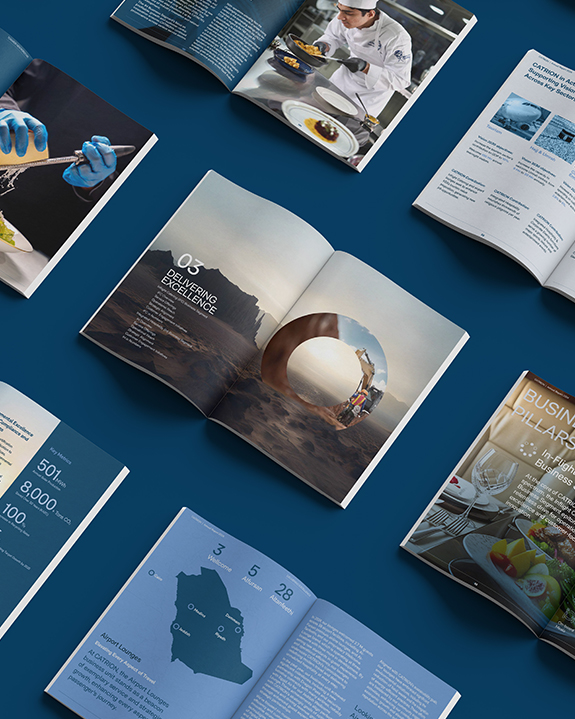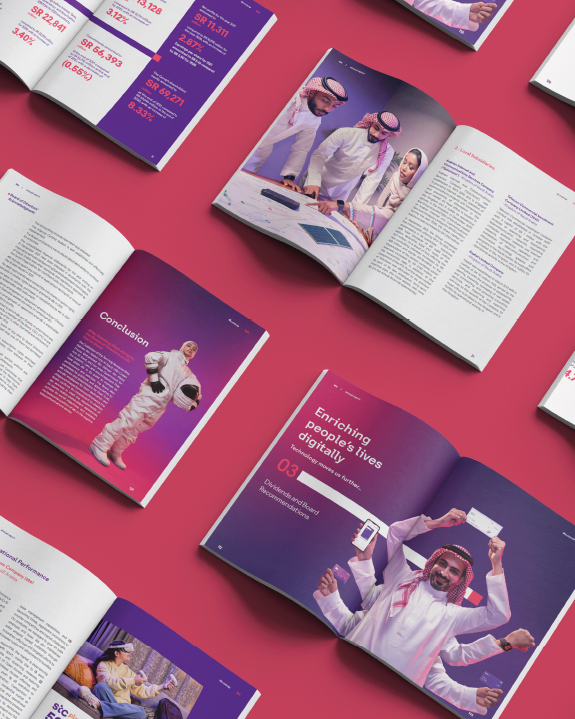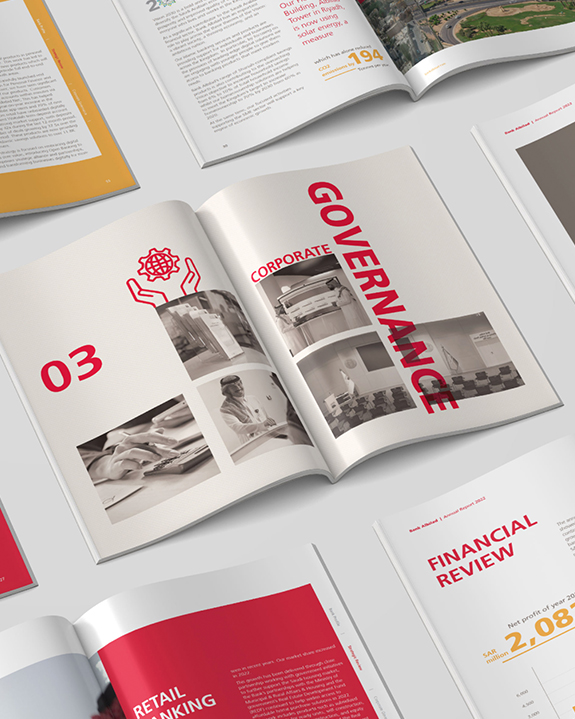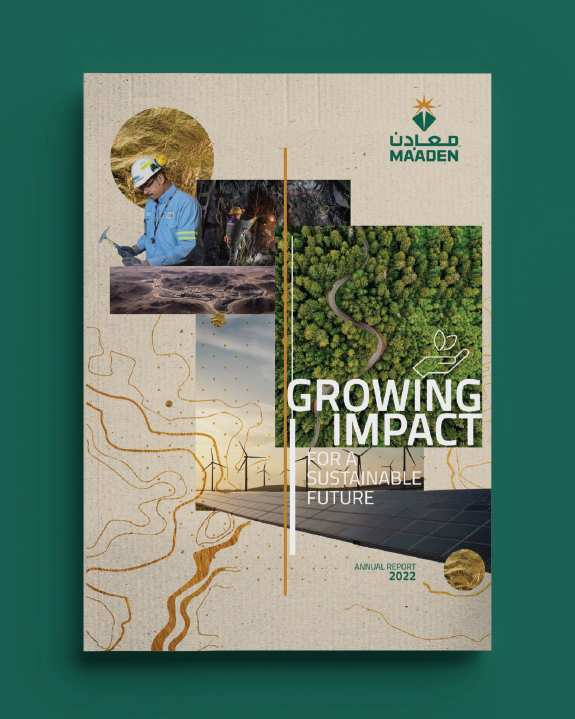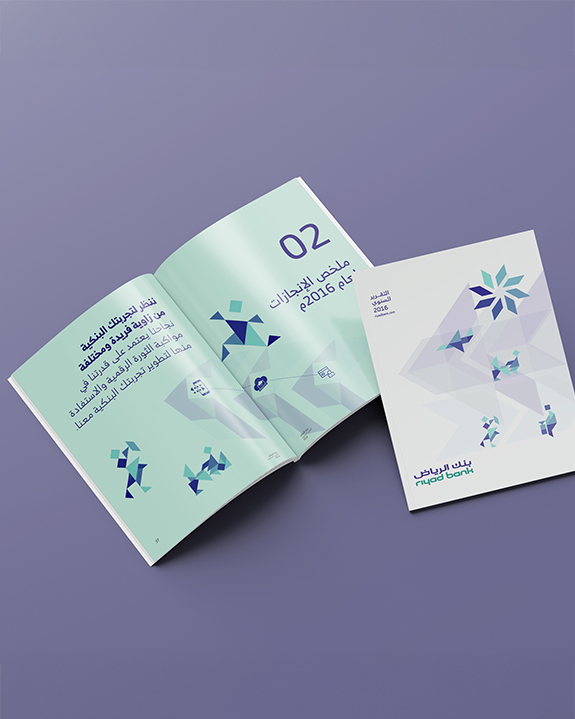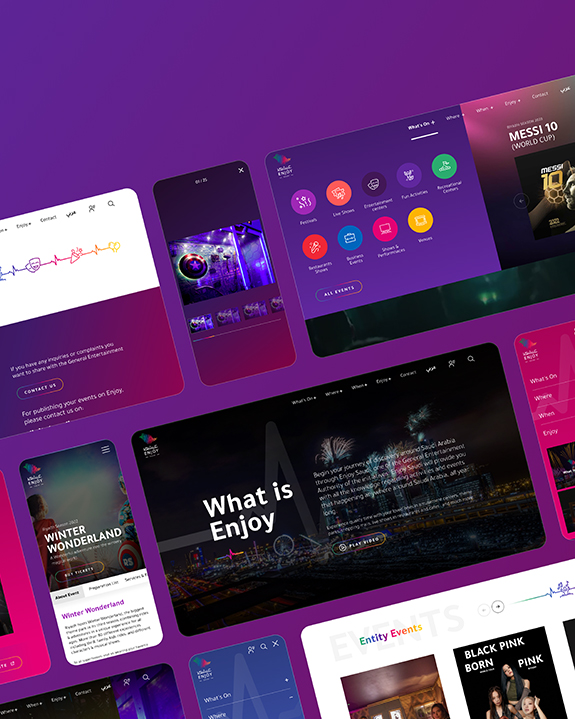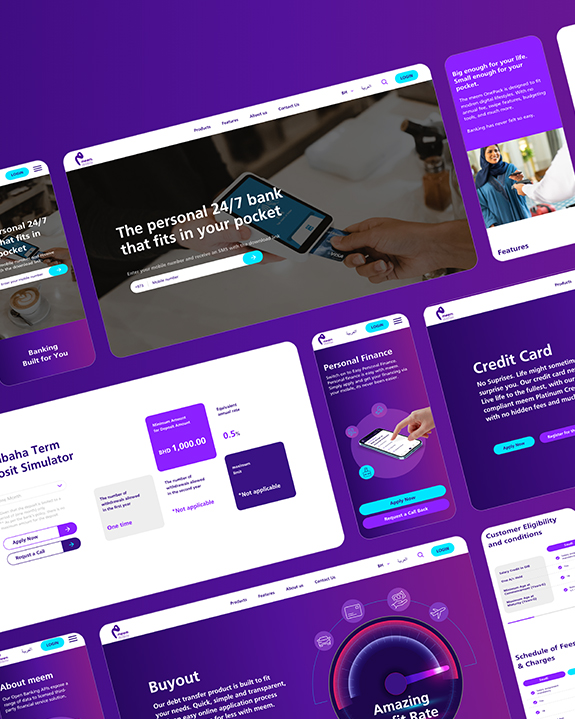In digital transformation,
trust is the outcome of
intentional design, where
every touchpoint reflects
clarity, consistency, and care
You launch a new platform. It’s fast, secure, and beautifully designed. But users hesitate. They don’t sign up. They don’t share data. They don’t engage.
This isn’t a UX flaw or a marketing miss.
It’s a trust gap, and in 2025, it’s one of the biggest barriers to digital transformation across Saudi Arabia, the UAE, Bahrain, and the wider GCC.
In an age of data breaches, AI anxiety, and platform fatigue, digital trust is a strategic asset, one that determines adoption, loyalty, and long-term growth.
Without an Experience OS,
these initiatives risk
becoming disconnected
efforts rather than a
coherent brand ecosystem.
Why Trust Is the New Currency of Digital Experience
Across the GCC, governments and enterprises are investing heavily in digital platforms, from citizen portals to fintech apps to AI-powered services.
But speed and scale aren’t enough. Users now ask:
Is this platform safe?
Does it respect my privacy?
Will it deliver what it promises?
Trust is what turns technology into traction.
And it’s built through experience.
The Rise of Skepticism
Digital skepticism is a rational response to broken promises, inconsistent experiences, and shallow engagement.
Data breaches
have made users cautious about sharing personal information.
AI systems
can feel opaque, unpredictable, or biased.
Inconsistent experiences
erode confidence in brands and institutions.
Overpromising platforms
create fatigue when expectations aren’t met.
In the GCC, where digital adoption is high but expectations are higher, skepticism is growing, especially among younger users, SMEs, and digitally savvy citizens.

What Builds Digital Trust
At Spark, we define digital trust as the confidence users have in a platform’s integrity, reliability, and relevance.
Here’s what builds it:
Transparency
Users want to know how their data is used, how decisions are made, and what the platform stands for.
Example: A UAE government portal that explains its AI logic in plain language, not technical jargon.
Consistency
Every touchpoint must reflect the same tone, quality, and brand promise.
Example: A Saudi bank that ensures its mobile app, website, and call center all deliver the same experience.
Control
Users feel safer when they can manage preferences, permissions, and personalization.
Example: A Bahraini telecom app that lets users opt in to offers, notifications, and data sharing.
Relevance
Trust grows when platforms feel designed for the user, not just for the business.
Example: A real estate platform that adapts listings based on cultural preferences and family needs.
Embed Continuous Improvement
Treat your Experience OS as a living framework, regularly refined to meet changing customer expectations in the GCC market.
The Business Impact of Trust
Trust resonates with hearts and shows up in metrics.
Higher adoption rates
Users engage faster when they feel safe.
Lower churn
Trusted platforms retain users longer.
Stronger brand equity
Trust drives advocacy and reputation.
Better data quality
Users share more when they believe in the platform.
Embed Continuous Improvement
Treat your Experience OS as a living framework, regularly refined to meet changing customer expectations in the GCC market.
In sectors like banking,
healthcare, government,
and telecom, trust is now a
growth driver.
Designing for Trust: What Great Teams Do
Building trust requires intentional design, strategy, and governance.
Here’s what leading GCC teams do differently:
Start with user fears
They identify what makes users hesitate, and design to address it.
Use plain language
They explain features, permissions, and policies in human terms.
Design for predictability
They ensure that actions, flows, and outcomes feel familiar and reliable.
Test for trust
They validate whether users feel confident, not just whether they complete tasks.
We help teams design experiences that earn trust, through clarity, empathy, and strategic alignment.
From Compliance to Connection
Many organizations still treat trust as a legal or technical issue. But in 2025, trust is a brand issue, and a design challenge.
That means:
Privacy policies that feel human
AI systems that explain themselves
Interfaces that guide, not confuse
Content that reflects cultural nuance and emotional intelligence
Spark works with enterprises to move from compliance-driven trust to experience-driven connection, building platforms that feel safe, relevant, and respectful.
GCC Opportunities for Trust Leadership
The GCC is uniquely positioned to lead in digital trust
Government mandates
Saudi Arabia and the UAE are setting global standards for secure, citizen-first platforms.
Cultural expectations
In high-service cultures, trust is built through care, clarity, and consistency.
Digital infrastructure
Cloud platforms, AI systems, and smart city initiatives create the foundation for secure, scalable experiences.
Trust is a chance for leaders
to define the future.
Measuring Trust in Experience Design
If trust is invisible, how do you measure it?
Here’s what leading GCC enterprises track:
Sentiment analysis
Are users expressing confidence, satisfaction, and comfort?
Behavioral signals
Are users opting in, sharing data, and completing tasks?
Support metrics
Are help requests decreasing as clarity improves?
Retention and referral
Are users staying, and recommending the platform?
At Spark, we help organizations build trust dashboards, tracking emotional resonance, behavioral engagement, and long-term loyalty.
Operationalizing Trust Across Teams
Trust is orchestrated across the organization, not only by one department.
Here’s how leading GCC enterprises embed trust into their operations:
Cross-functional alignment
Product, design, legal, and marketing teams collaborate on trust-related decisions — from data handling to tone of voice.
Governance frameworks
Clear roles and escalation paths ensure that trust issues are addressed quickly and consistently.
Training and enablement
Teams are equipped to recognize trust signals, respond to user concerns, and design with empathy.
Feedback loops
Real-time user insights inform updates, messaging, and experience improvements.
At Spark, we help organizations build trust into their workflows, making it a shared responsibility, not a siloed initiative.
The Role of Brand in Building Digital Trust
Trust is emotional.
And that’s where brand comes in.
Every digital experience is a reflection of your brand’s promise.
If the tone feels off, the visuals feel generic, or the messaging feels evasive, trust erodes, no matter how secure the platform is. Here’s how brand builds trust:
Clarity
A strong brand voice makes complex topics feel understandable.
Consistency
Unified tone and design across channels reinforce reliability.
Empathy
Brand-led content speaks to user concerns, not just business goals.
Cultural relevance
In the GCC, brand must reflect regional nuance, from language to values to expectations.
At Spark, we integrate brand strategy into every layer of experience design, ensuring that trust is not just earned, but felt.
Trust Is the Experience
In an age of skepticism, trust is earned through every interaction, every click, every moment.
At Spark, we help enterprises across Saudi Arabia, the UAE, Bahrain, and the GCC design digital experiences that build trust from the inside out, blending strategy, UX/UI, brand experience, and intelligent systems to create platforms that feel safe, human, and worth believing in.












